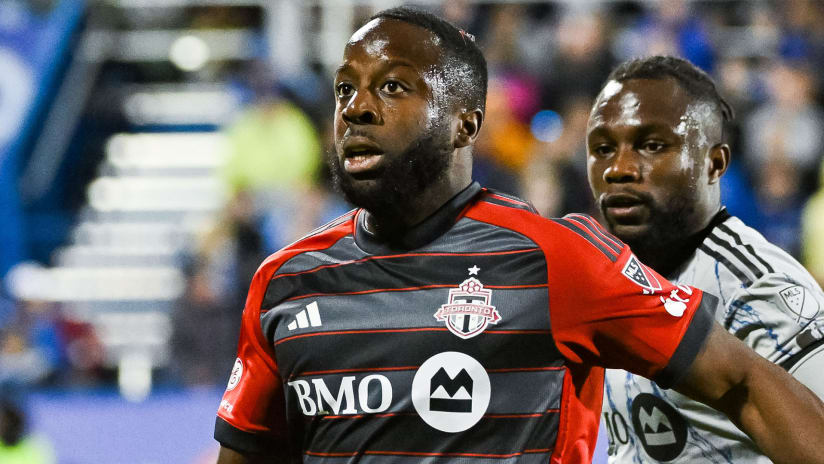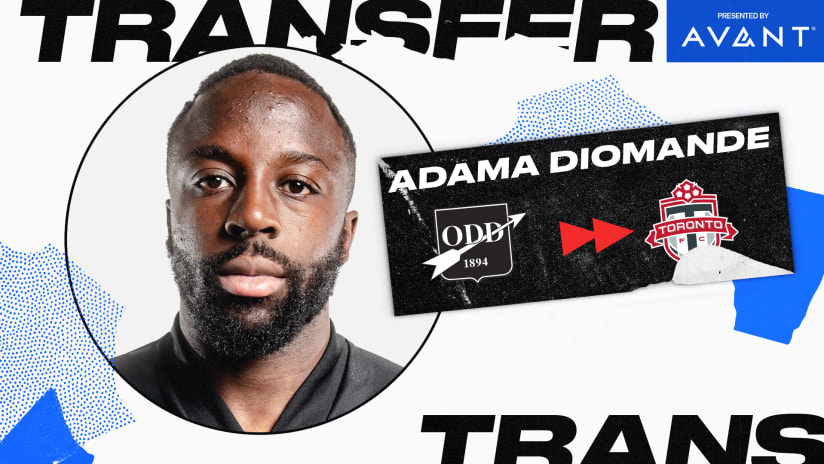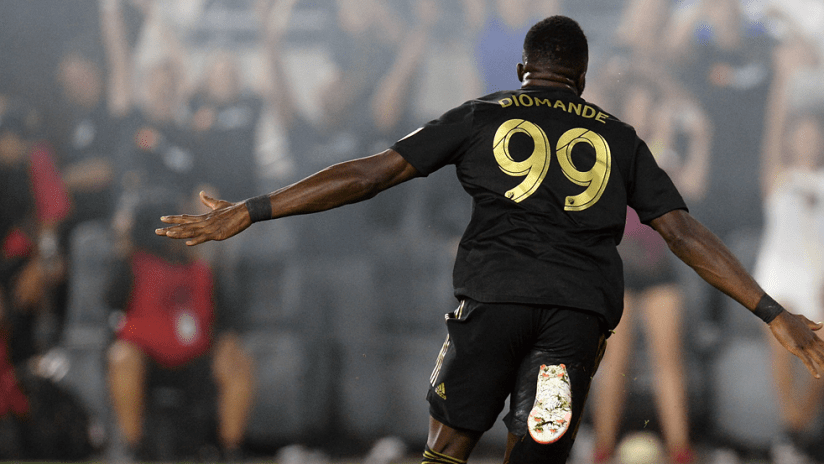Major League Soccer’s primary transfer window ended with a bang on Tuesday, with the New England Revolution ending their protracted spat with Lee Nguyen by trading him to LAFC.
The news continued on Wednesday morning, when it was revealed that Minnesota shipped winger Sam Nicholson and an international slot to Colorado for Eric Miller and $50,000 in General Allocation Money and that LAFC signed forward Adama Diomande from English Championship club Hull City.
The late flurry of activity made for an exciting end to the window, but it belied a quiet buildup to the deadline. LAFC made big splashes with Nguyen and Diomande, but most teams stood pat, saving their bullets and budget space for the secondary transfer window in July and August.
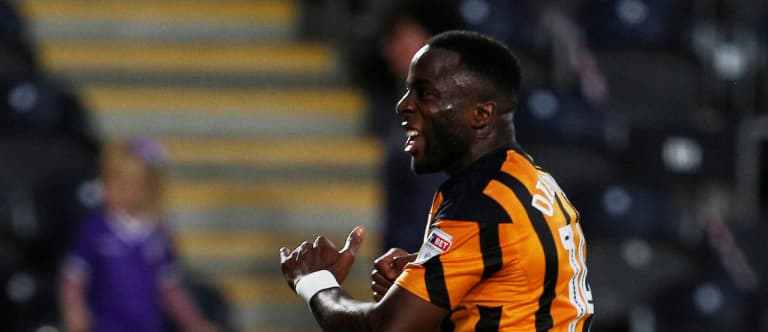
New LAFC arrival Adama Diomande | Action Images
Counting the two late trades, only four moves were made in the week leading up to the deadline. The New York Red Bulls signed defender Ethan Kutler from their USL affiliate New York Red Bulls II on Tuesday, a deal that actually could’ve been done after the end of the transfer window. The Houston Dynamo made a more significant addition last week, when they used Targeted Allocation Money to sign Swedish defender Adam Lundqvist.
The lack of activity late in the window caused some consternation among certain fanbases, but it’s not out of the ordinary in recent MLS history. In fact, the four moves made in the last week matched the league average from the last three years of transactions in the final seven days of the primary transfer window.
To hear coaches and executives at multiple clubs tell it, there are a few reasons the end of the primary transfer window is typically slow for both foreign signings and trades.
The global soccer calendar is the main drag on the international market. Most European, South American and Central American leagues are just now wrapping up their seasons. There are occasionally a few exceptions, but the time for players to leave those leagues is in the summer, when some might come out of contract and be available for free, others might become surplus at their clubs due to incoming signings and more might be shown the door by a new coaching staff.
Regardless of the specifics, far more players are available in the global market in July and August than there are in April and May. That’s doubly true in a World Cup year, when players with a chance of playing in Russia will look to maximize their club playing time ahead of the tournament. Most of the time, that means staying in their current situation. Rarely does it involve an intercontinental move.
“In particular in a World Cup year, we thought for months that no one was going to switch teams in May,” said one high-ranking club official. “The FIFA release date for the start of the mandatory rest period [before the World Cup], it’s only three weeks after the end of the window. To switch teams, switch countries that close to the start of the World Cup, I just don’t think anyone involved in a national team is going to do that.”
Not only do MLS teams have more options in the summer than in the spring, but it’s also cheaper for them to sign players from abroad in the secondary transfer window. Budget charges are prorated for players that join in the summer. Instead of counting for the maximum budget charge of $504,375 like Designated Players that sign in the winter or spring, DPs that join MLS in the summer only hit the cap at $252,188. Their hit gets bumped up to the max budget charge for their first full season in the league, but those summer savings are often the difference in teams being able to fit a DP on the roster.
The trade market is slow for a different mix of reasons. As detailed by MLSsoccer.com's Paul Tenorio a couple of weeks ago, the offseason influx of TAM created a run on international players which, in turn, led to a league-wide scarcity of international slots. That scarcity has inflated the trade value of domestic players and deflated it for internationals. A team that wants a quality American or Canadian will likely have to overpay, while a club that wants to offload a quality international will probably only be able to get pennies on the dollar.
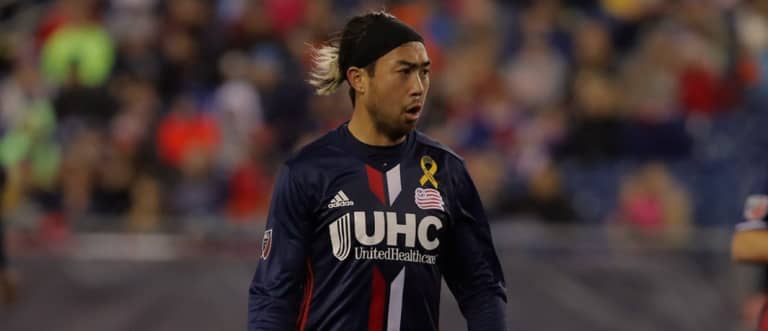
Lee Nguyen | USA Today Sports Images
And while there are plenty of teams that could’ve benefited from ending the primary transfer window with a trade, it’s too early for any team to be a seller. Just about everyone feels like they’re in it, meaning no one wants to deal a quality player.
The fact that so many teams added key pieces this winter is also muddying the mix.
“There has been such influx of money into the league, there are more unsettled rosters than ever before,” said the official. “Everyone signed players over the winter, but you’re still in the feeling out process of what those guys are bringing. Teams haven’t had time to digest and assess what their new guys are bringing, so they’re less likely to trade them now.”



